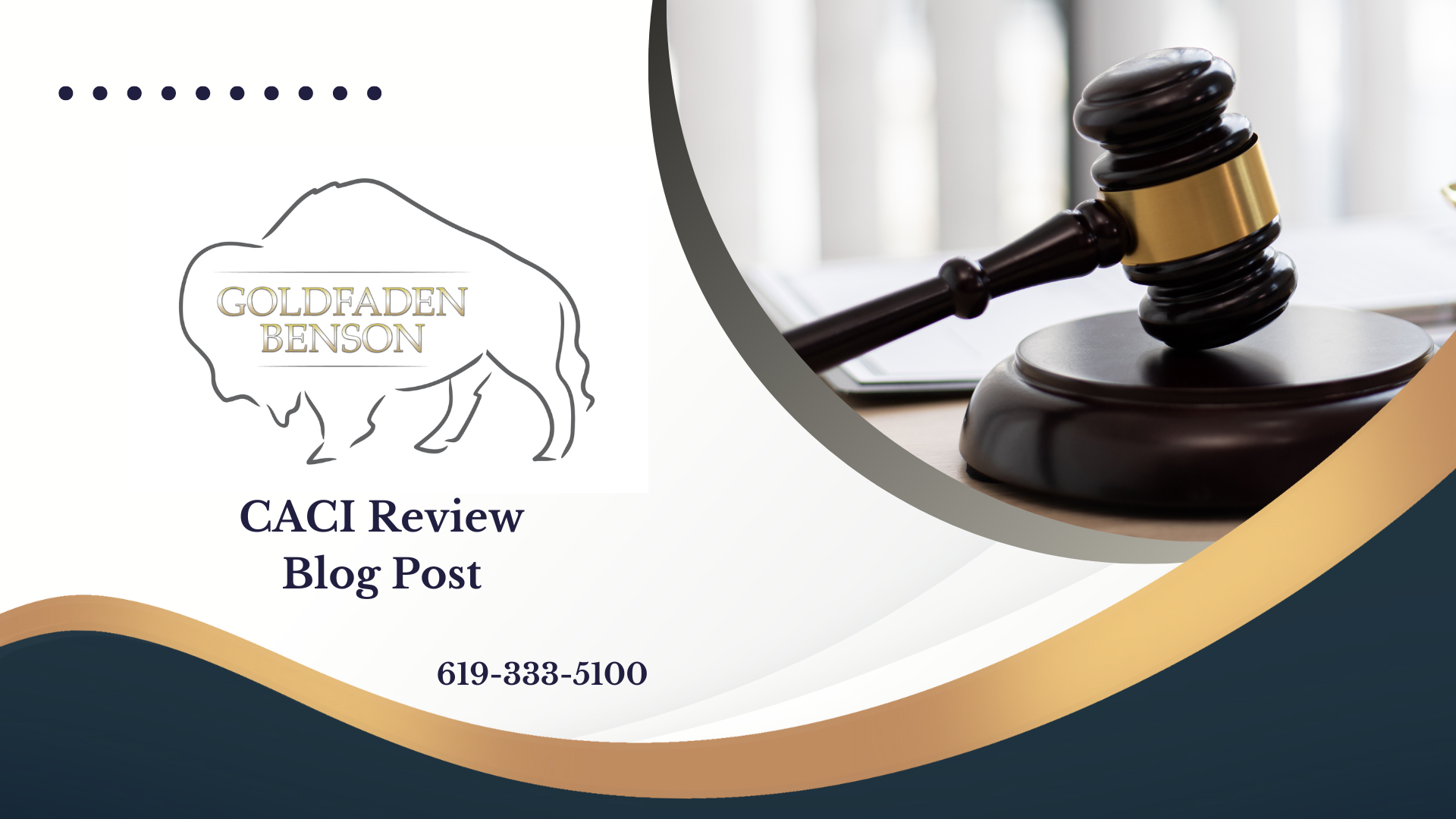Understanding Negligence in Personal Injury Claims
In personal injury law, one of the key concepts is negligence. It can feel overwhelming, but it's essential to understand how this plays out in legal terms, especially if you or someone you know is dealing with an injury due to someone else's actions.
What is Negligence?
Negligence occurs when a person fails to act as a reasonable person would under similar circumstances, resulting in harm to another. It’s not about being perfect; it’s about doing what a reasonable person would do to ensure safety.
When someone is injured, they might consider pursuing a claim based on negligence. In California, to prevail on a negligence claim, the injured party (the plaintiff) must prove four essential elements:
1. **Duty of Care**: The defendant (the person or entity being accused) must have had a legal duty to act or refrain from acting in a certain way towards the plaintiff. For example, drivers have a duty to operate their vehicles safely.
2. **Breach of Duty**: The plaintiff needs to show that the defendant violated that duty. This could mean acting in a way that a reasonably careful person would not, such as speeding through a red light.
3. **Causation**: It must be demonstrated that the defendant's breach of duty directly caused the plaintiff’s injury. This is known as "causal connection." Even if a defendant acted unreasonably, if their actions did not directly cause an injury, they may not be liable.
4. **Damages**: Finally, the plaintiff must show that they suffered damages, whether physical injuries, emotional distress, or financial losses, as a result of the negligence. Without damages, there is no basis for a claim.
A Common Scenario
Consider a situation where a pedestrian is hit by a car. The driver was distracted by their phone and failed to stop at a crosswalk. In this case:
- The driver had a duty to drive safely.
- By using their phone, they breached that duty.
- This breach led to the pedestrian being hit.
- Finally, the pedestrian incurred medical bills and lost wages.
This series of events illustrates how negligence works in practice.
Seeking Help
In navigating a negligence claim, it’s crucial to have knowledgeable guidance. Legal processes can be complex and emotional, especially when dealing with recovery from an injury. If you want to understand more about your situation or have questions about negligence and personal injury laws, consider reaching out to us at Goldfaden Benson. Our experienced team is here to help you every step of the way.
Have you or someone you know faced a situation involving negligence? Understanding your rights can make all the difference. We’re ready to assist you in seeking justice for any harm done. Visit our contact page to learn more about how we can help.








